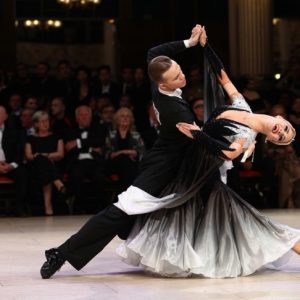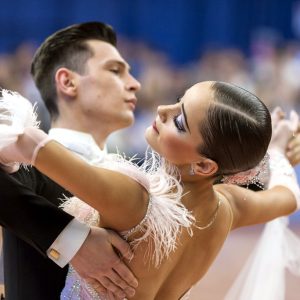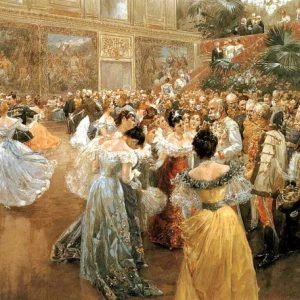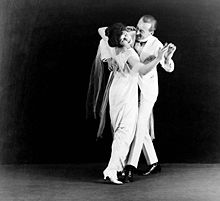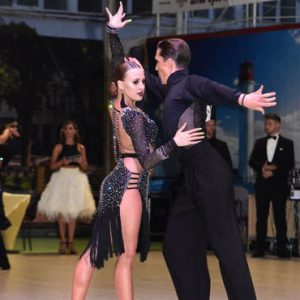Ballroom dancing
Founder of the sport:
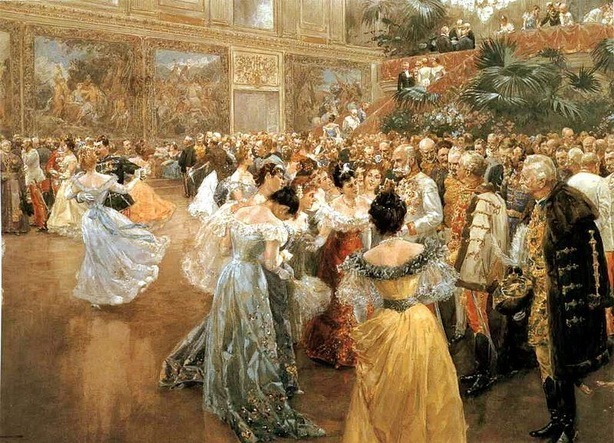
It is difficult to pinpoint one founder of ballroom dancing, as it originated from the social dances of different cultures. However, it can be said that modern ballroom dancing began to take shape in the late 19th and early 20th centuries in England.
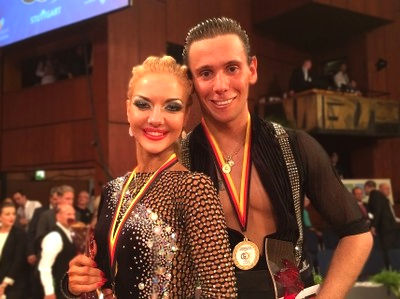
Armen Tsaturyan and Svetlana Gudynova
World ballroom dancing champions change every year in different categories such as standard and latin. For example, in 2022 Armen Tsaturyan and Svetlana Gudynova became world champions in Latin American dances
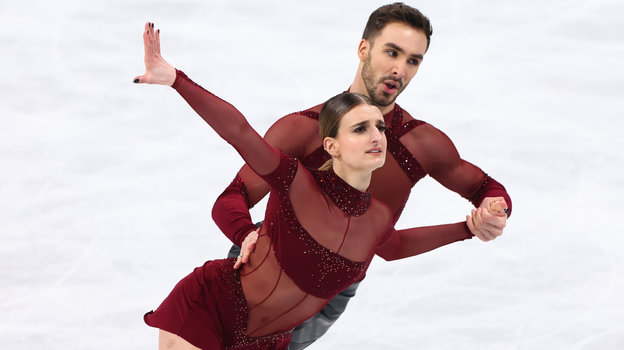
Gabriella Papadakis
- French ice skaters known for their performances, which often incorporate elements of ballroom dancing.
Ricardo Cocchi and Yulia Zagoruychenko are outstanding dancers in the Latin American dance category.
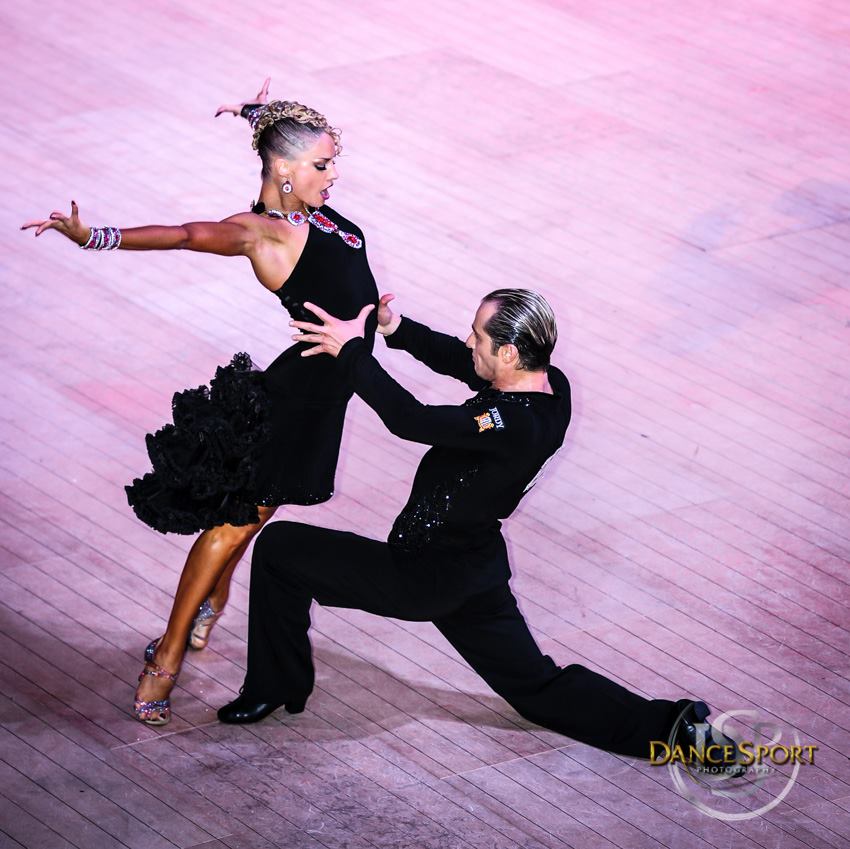
Riccardo Cocchi and Yulia Zagoruichenko
outstanding dancers in the Latin American dance category.
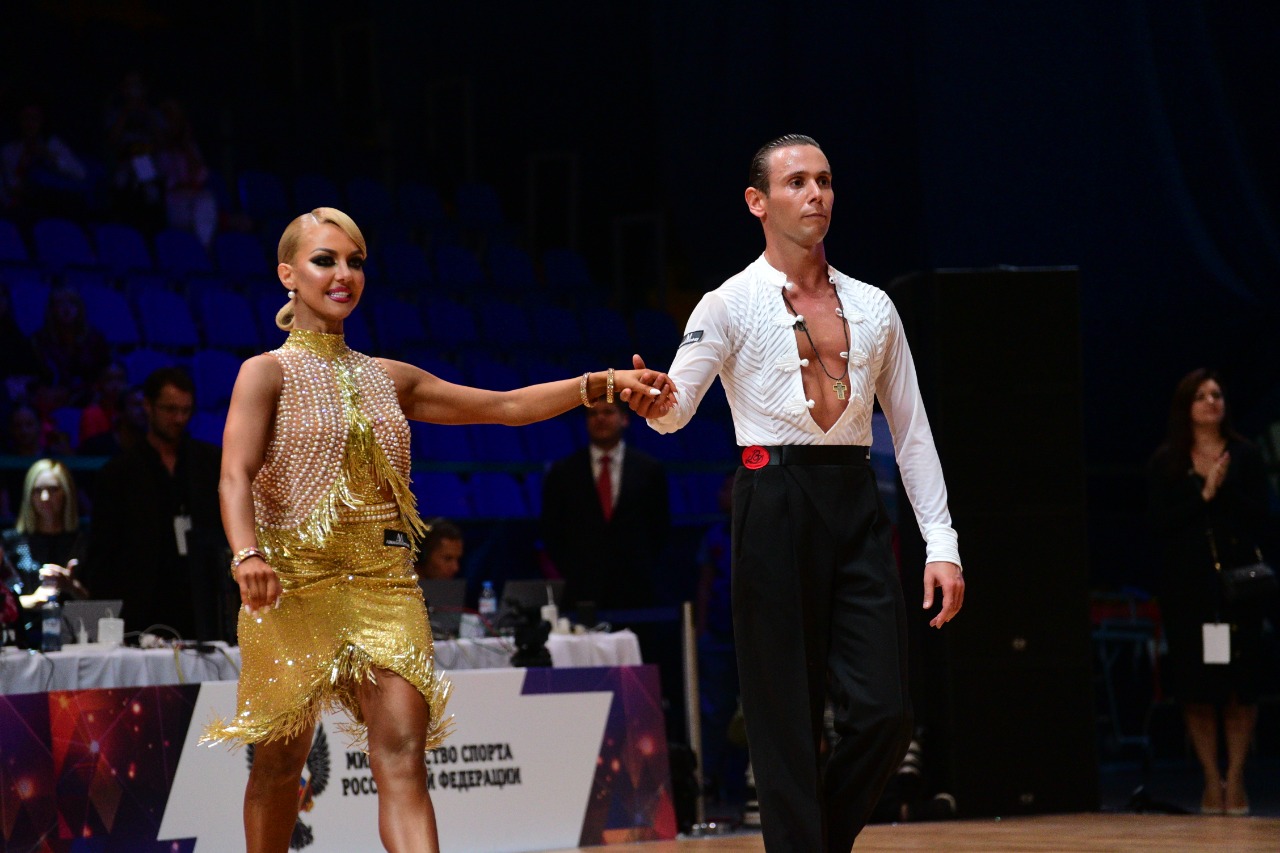
Armen Tsaturyan and Svetlana Gudynova
a famous couple in the world of Latin American dances.
Ballroom dancing is a type of pair dance regulated and codified for athletic competition. Sports dance is recognized by the International Olympic Committee as a candidate for Olympic sports. Along with the sporting aspect, ballroom dancing also has social significance, as it is danced all over the world for fun and pleasure and is widely used in the performing arts: in theater, film, and television.
In a broad sense, ballroom dancing can be called any entertainment dance that can be danced at balls, dance halls or salons. However, with the organization of a network of dance competitions, this term acquired a narrower, specific meaning. In this narrower sense, ballroom dances include dances recognized by international dance organizations or local organizations in individual countries.
International ballroom dance competitions are divided into two programs: standard and Latin American, each of which includes five dances: waltz, Viennese waltz, foxtrot, quickstep and tango to the standard program, samba, rumba, cha-cha-cha, paso doble and jive to the Latin program.
The term ballroom dancing comes from the word ball, which in turn comes from the Latin ballare, meaning to dance. Ballroom dances originated as dances of the privileged classes, while the lower classes danced folk dances. At the same time, the origin of many ballroom dances can be traced back to folk dances. At different times, different dances were danced at balls, many of which are considered historical today: minuet, quadrille, polonaise, pas de gras, mazurka, etc.
In the second half of the 17th century, the French king Louis XIV founded the Royal Academy of Music and Dance, which established the rules for performing each of the dances and defined the five foot positions in ballet. Ballet became a separate genre and moved from the ballroom to the stage when professional dancers appeared.
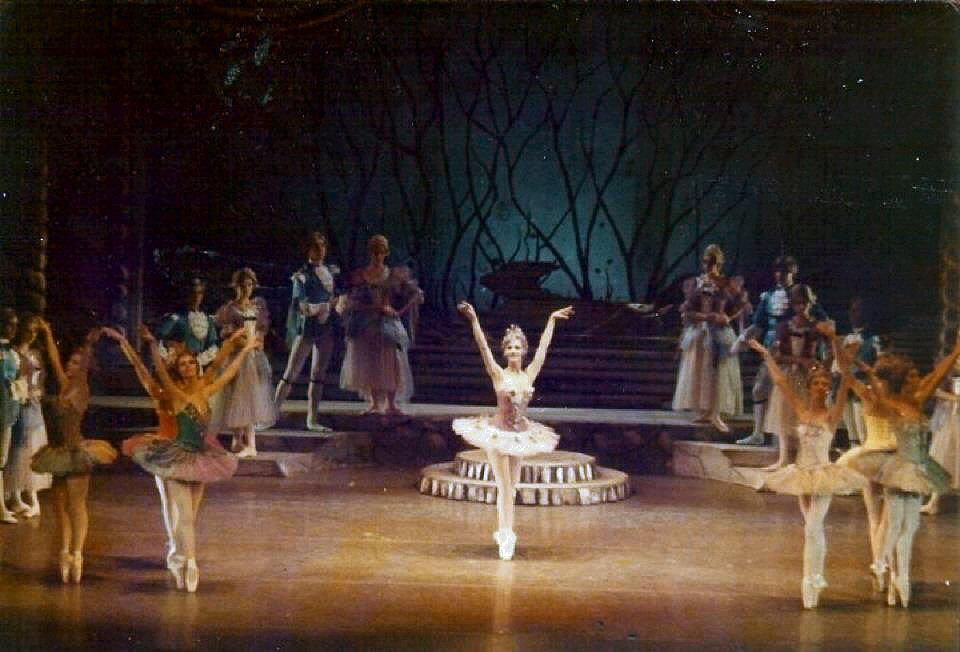
Mohammad Khadem (Iran)
Mohammad Khadem is an Iranian dancer who specializes in ballroom dancing. He has represented Iran in international competitions many times, demonstrating his high level of skill and grace. His performances have contributed to the popularization of ballroom dancing in the country.
The waltz appeared in Austria at the end of the 18th century, and in 1812 it came to England. From the 1840s, polka and mazurka dances began to be danced at balls, and a tendency to discard decorative elements characteristic of, for example, quadrille dances began to develop.
Vernon and Irene Castle, pioneers of ballroom dancing, circa 1910-1918
Modern ballroom dances began to take shape at the beginning of the 20th century, which was facilitated by several simultaneous processes. The first of them was the departure from the principle of the dance line – couples began to dance independently, the second – the appearance of popular music, especially jazz. New music called for new dances, and they were invented quickly. The period between 1910 and 1930 is characterized by the explosion of several dance booms. A third process is a conscious effort to process popular dances in ways that can make them more accessible to a wider audience in the US and Europe. Professional dancers such as Vernon and Irene Castle, Josephine Bradley, Victor Sylvester, analyzed, codified a number of standard dances, printing the corresponding training manuals. For the popularity of the dance, it was important that any partners could easily perform them at a chance meeting. Professional societies such as the Imperial Society of Dance Teachers played an important role.
Later, in the thirties, the star couple of Fred Astaire and Ginger Rogers appeared on the cinema screens, which had an extraordinary influence on all types of dance in the United States and around the world. Although the two had their own separate careers, their dance numbers together, including the roles of the couple Castle, achieved the status of supreme examples. Often Astaire and Rogers portrayed ordinary amateur dancers on stage, although all the numbers were carefully choreographed, mostly by Astaire himself.
Competition
Ballroom dance competitions are held at all levels, from amateurs to professionals. Competitions of the highest level are held under the auspices of international organizations: the World Dance Council and the International Sports Dance Federation. The International Sports Dance Federation is recognized by the International Olympic Committee as the sole representative of this sport. Sports ballroom dancing is considered a candidate for inclusion in the program of the Olympic Games, but the likelihood of this happening in the near future is slim, given the current trend of reducing the number of sports in the Olympics.
The World Dance Council holds competitions not only among amateurs, but also among professionals. The most prestigious competition in the world of ballroom dancing is the Blackpool Dance Festival, held in the English city of Blackpool.
Several sports techniques:
Framing
The basis for partners to maintain the correct position of their bodies relative to each other.
Leading and following
An important element where one partner leads the movements and the other follows them, creating a harmonious performance.
Hip action
The technique of moving the pelvis is especially emphasized in Latin American dances.
Turns
Includes various turning techniques, such as spot turns, to maintain balance and grace.
